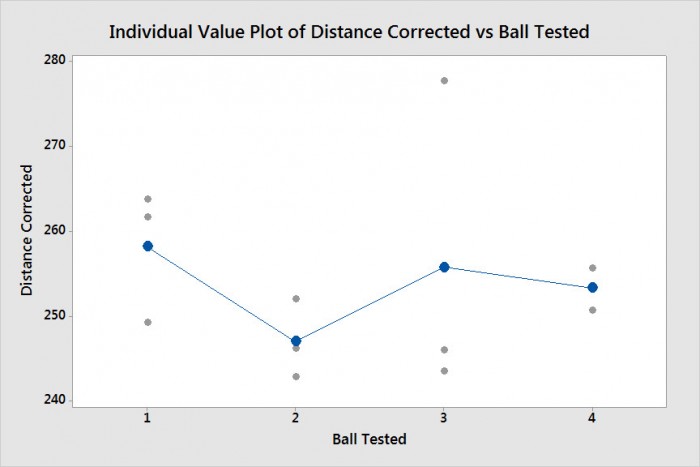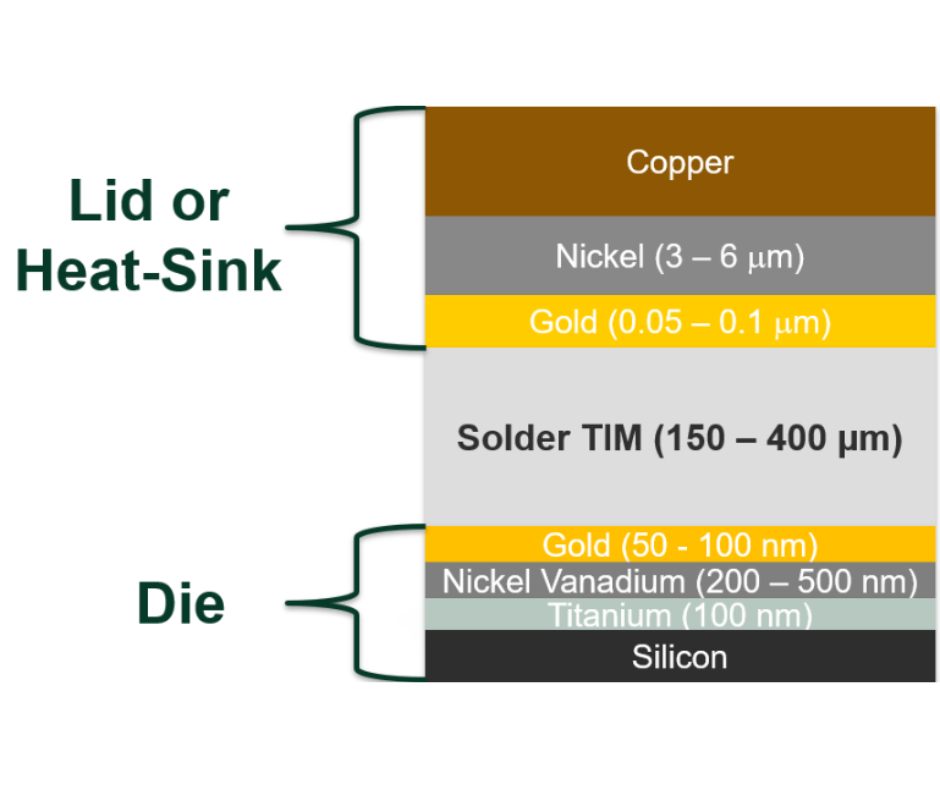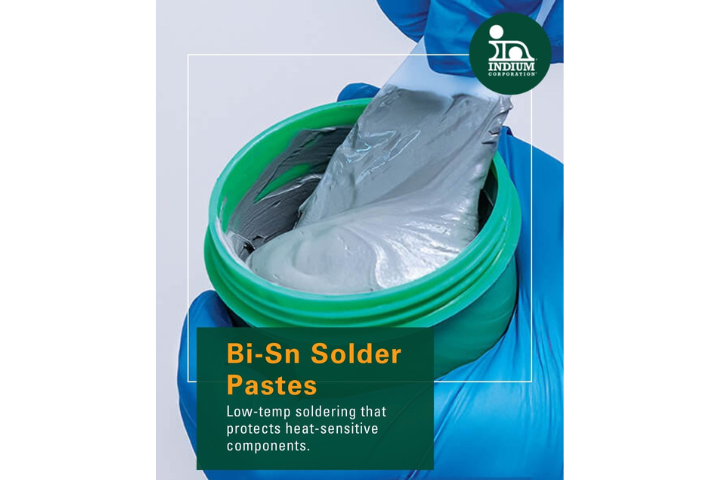Folks,
When I first started blogging 13 years ago (wow! can it be that long), my blogging boss, Rick Short, mentioned that I could occasionallyblog about something of personalinterest that was not necessarily related to Indium Corporation’s solder business. Since I love to play golf, I decided to use my engineering expertise to test out a theory.
If you are a serious golfer, you undoubtedly read a magazine like Golf Digest and are besieged by ads telling you that such and such golf ball is the longest off the tee. Let's put this boasting to a test.
I purchased one dozen of each of four of the most popular balls: the Bridgestone Tour B XS, Taylormade TP5, Titleist Pro V1, and Callaway Chrome Soft X. See Figure 1. Armed with my Swing Speed Radar by Sports Sensors Inc. and a Garmin Golf GPS unit I headed for the 6th hole at nearby Woodstock Country Club.
It was Sunday August 26, 2018. The temperature was about 75ºF with dry conditions and little wind. I went late in the day when the course was almost deserted.
The GPS unit can measure distances and with the swing speed unit I can adjust for varying swing speeds. As an example, I hit each of the four balls and measured the swing speed; and when I retrieve the balls, I measure the distance. I then adjust the distance to a typical swing speed, say 90 mph. If ball number 1 goes 250 yards and the swing speed for that drive was 90 mph, I would multiply the 250 yards by 90/90 = 1. If the swing speed was only 85 mph, I would multiply the 250 yards by 90/85 = 1.059 and get 264.7 yards. This correction must be done as distance has been shown to be linear with swing speed in the 80 to 120 mph range. An additional concern is that the drive should be struck in the “sweet spot” of the club head face. After many years of playing I’m confident I can tell if this has occurred by the “feel” of the hit. I want to stress, however, that this experiment is only semi-scientific and was performed more for fun and curiosity. Golf ball hitting machines exist that can do a better job than I can! And there are some variables that are hard to assess, such as differences in the firmness of the ground, the ball trajectory, changes in the wind, etc.
I wanted three good hits for each of the four balls. I was surprised at how long it took me to get three good drives for each ball…….almost 90 minutes. I usually swing in the 90 – 100 mph range, but I slowed it down to 80-90 mph to have a better chance of hitting the sweet spot. Admittedly three is a low number to minimize unforeseen variables, but it is a start and I plan to add to this meager data base.
The results? Using analysis of variance (ANOVA) I analyzed the data with Minitab, and found there is no statistical difference in the distances, as can be seen in Figure 2.
 Figure 2. The golf ball distances corrected for swing speed. The significant scatter, escpecially with ball 3, results in the means not being statistically different.
Figure 2. The golf ball distances corrected for swing speed. The significant scatter, escpecially with ball 3, results in the means not being statistically different.
The mean values are the blue dots in the figure. The main reason there is no statistical difference is that there was so much scatter in the data, especially for ball 3, and the sample size of three is so small; however, so far ball 2 looks to be the weakest and the others are almost the same. As I collect more data, I sense that a winner will emerge and it will likely be ball #1. Which balls are 1, 2, 3, and 4? I am not eager to get into some sort of conflict with any of the golf ball companies, so I don’t want to identify them in this post. If you are interested, send me an email to [email protected] and I will tell you, confidentially of course!
Cheers,
Dr. Ron



